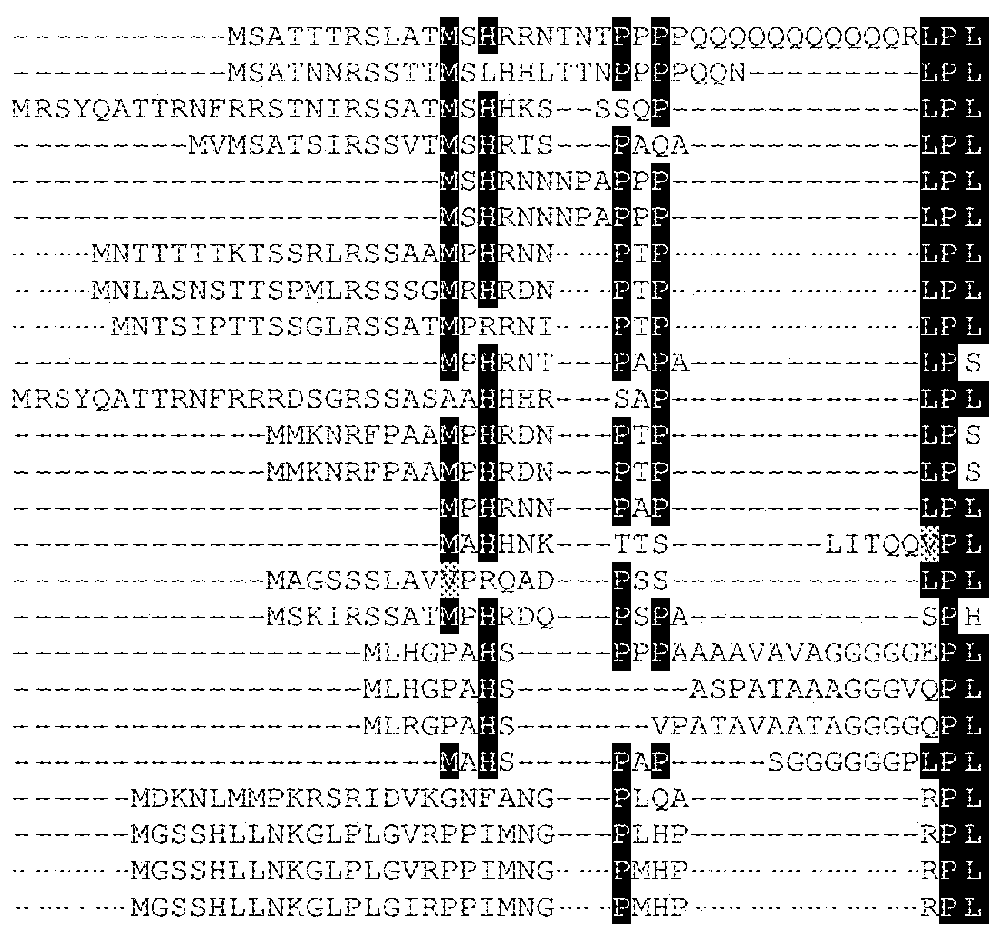Key gene regulating plant cell wall recalcitrance
a plant cell wall and recalcitrance technology, applied in the field of key gene regulating plant cell wall recalcitrance, can solve the problems of affecting the extraction process, and affecting the extraction and fermentation process, so as to reduce the expression, increase the s/g, and the effect of high or low expression of an enzym
- Summary
- Abstract
- Description
- Claims
- Application Information
AI Technical Summary
Benefits of technology
Problems solved by technology
Method used
Image
Examples
examples
Materials and Methods
[0121]Association Mapping Populations.
[0122]A population of 1,100 naturally varying black cottonwood genotypes (P. trichocarpa) was assembled to encompass the central portion of the natural range of P. trichocarpa, stretching from 38.8° to 54.3° from California to British Colombia (Slavov G T. et al., New Phytologist 196(3):713-25 (2012)). Propagation materials were collected from individual trees, clonally replicated under nursery conditions at Mount Jefferson Farms, Salem, Oreg. and subsequently established in replicated field plots in Placerville, Calif. (38° 43′47″N 120° 47′55″W), Corvallis, Oreg. (44° 34′14.81″N 123° 16′33.59″W) and Clatskanie, Oreg. (46° 6′11″N 123° 12′13″W). Additional details regarding field management and environmental conditions are given in supplementary materials. A partially overlapping and independently phenotyped population of 499 P. trichocarpa genotypes was collected from a latitudinal range spanning from 44° to 58.6° and establ...
PUM
| Property | Measurement | Unit |
|---|---|---|
| time | aaaaa | aaaaa |
| time | aaaaa | aaaaa |
| time | aaaaa | aaaaa |
Abstract
Description
Claims
Application Information
 Login to View More
Login to View More - R&D
- Intellectual Property
- Life Sciences
- Materials
- Tech Scout
- Unparalleled Data Quality
- Higher Quality Content
- 60% Fewer Hallucinations
Browse by: Latest US Patents, China's latest patents, Technical Efficacy Thesaurus, Application Domain, Technology Topic, Popular Technical Reports.
© 2025 PatSnap. All rights reserved.Legal|Privacy policy|Modern Slavery Act Transparency Statement|Sitemap|About US| Contact US: help@patsnap.com



